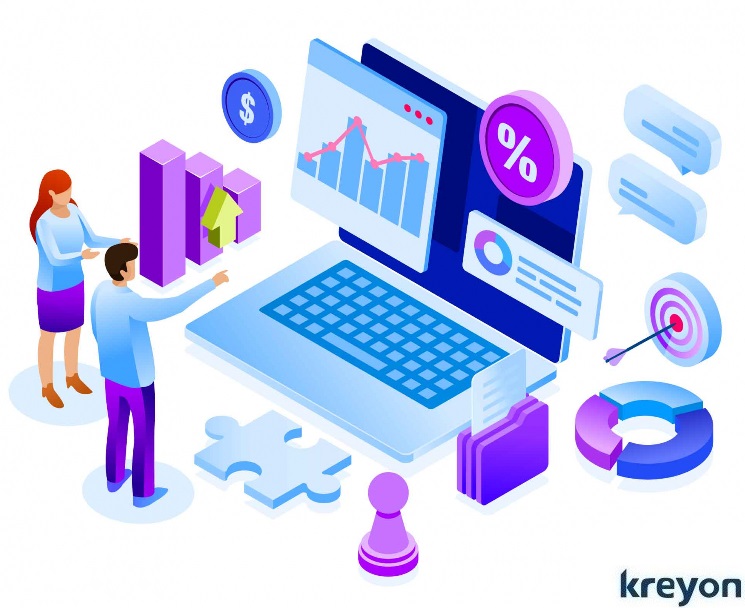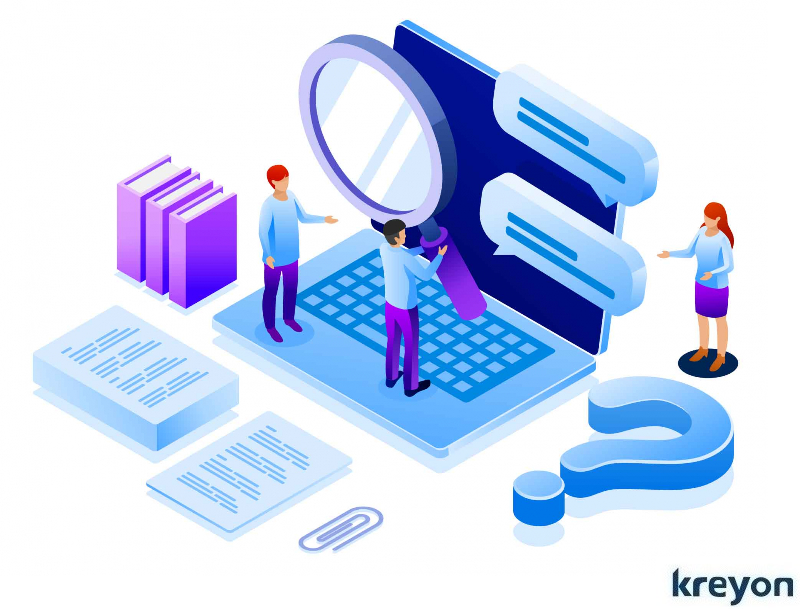5 Key AI Programming Trends to Integrate into Your Development Process

The world of AI programming is rocketing forward at warp speed & shaping up to be a year filled with incredible advancements. Get ready to toss out your old coding playbook, from enabling machines to understand natural language to making autonomous decisions, AI programming trends have significantly impacted various industries.
As we move forward, several emerging trends are set to revolutionize AI programming even further. In this article, we’ll delve into five AI programming trends that are poised to shape the future and blow your mind.
1. Explainable AI (XAI)
Explainable AI (XAI) is gaining traction as the need for transparency and accountability in AI systems becomes increasingly evident. XAI focuses on developing AI models and algorithms that can provide understandable explanations for their decisions and predictions.
This trend is crucial, especially in fields like healthcare, finance, and law, where decisions made by AI systems have significant real-world consequences.
Teams are actively working on methods to make complex AI models, such as deep neural networks, more interpretable.
Techniques like attention mechanisms, feature visualization, and model distillation are being explored to unravel the black box nature of AI systems. XAI not only enhances trust in AI but also facilitates collaboration between humans and machines, leading to more ethical and responsible AI applications.
For instance, explainable AI is being to enhance fraud detection capabilities while providing understandable explanations for flagged transactions in accounting software. By training the model on labeled data, distinguishing between legitimate transactions and fraudulent ones.
Integrating the AI model into the financial system, allows real-time fraud detection with transparent explanations. AI systems can utilize XAI techniques to generate explanations for flagged transactions, highlighting suspicious patterns or features.
2. Federated Learning

Federated learning is revolutionizing the way AI models are trained, particularly in scenarios where data privacy is paramount. Traditional machine learning approaches involve centralizing data from various sources to train a global model. However, this raises concerns about data security and privacy breaches.
Federated learning addresses these concerns by training AI models directly on decentralized data sources, such as mobile devices or edge devices, without exchanging raw data. Instead, only model updates or gradients are shared between devices, preserving the privacy of individual data points.
This distributed learning approach enables organizations to harness the collective knowledge from diverse datasets while respecting user privacy—a paradigm shift in AI programming with vast implications for industries like healthcare, finance, and IoT.
Imagine a scenario where a leading e-commerce platform aims to enhance its recommendation system while preserving user privacy. Traditional approaches involve aggregating user data centrally to train a global recommendation model, raising concerns about data privacy and security breaches.
By adopting federated learning, the e-commerce platform can deploy personalized recommendation models directly on users’ devices, such as smartphones and tablets.
Each device trains its local model using user interactions and preferences, and only model updates are periodically aggregated to improve the global recommendation model.
This decentralized approach ensures that sensitive user data remains on the device, thereby addressing privacy concerns while still providing personalized recommendations based on aggregated insights from the entire user base.
3. Continual Learning
Continual learning, also known as lifelong learning or incremental learning, focuses on enabling AI systems to learn continuously from new data or experiences over time.
Unlike traditional machine learning models that are trained on static datasets and require retraining from scratch when new data arrives, continual learning models adapt and evolve incrementally.
Continual learning is essential for AI applications deployed in dynamic environments where data distributions change over time. It enables AI systems to adapt to new scenarios, avoid catastrophic forgetting, and retain knowledge accumulated from past experiences.
Techniques like replay buffers, regularization methods, and episodic memory are being developed to facilitate continual learning in AI systems. This trend holds immense promise for applications ranging from personalization systems to autonomous vehicles.
Traditionally, accounting software relies on predefined rules and algorithms to categorize expenses based on predefined categories such as office supplies, travel expenses, or utilities.
However, these static rules may not capture the full complexity of expense transactions, leading to errors or misclassifications. Continual learning improves the accuracy of Accounting software that automates expense recognition and categorization for businesses.
4. AI Ethics and Bias Mitigation

As AI becomes increasingly integrated into our daily lives, addressing ethical concerns and mitigating biases in AI systems is of paramount importance. Biases in AI algorithms can perpetuate discrimination and exacerbate societal inequalities, posing serious ethical and legal challenges.
AI ethics and bias mitigation have emerged as critical areas of research and development within the AI community. Techniques such as fairness-aware machine learning, bias detection, and algorithmic transparency aim to identify and mitigate biases in AI systems.
Moreover, frameworks and guidelines for ethical AI design and deployment are being developed to ensure that AI technologies uphold principles of fairness, transparency, and accountability.
By prioritizing ethics and bias mitigation in AI programming, we can create more inclusive and equitable AI solutions that benefit society as a whole.
AI-powered credit scoring systems have the potential to expand access to credit while minimizing the risk of default. However, biased algorithms can inadvertently discriminate against certain demographic groups, leading to unfair lending practices.
To mitigate bias in credit scoring, financial institutions can employ fairness-aware machine learning techniques and algorithmic transparency measures.
By analyzing historical lending data, identifying bias patterns, and adjusting model parameters, AI systems can be fine-tuned to ensure fairness and equity in credit decisions.
Additionally, providing transparent explanations for credit scoring decisions enables regulators, consumers, and lending institutions to scrutinize and validate the fairness of AI algorithms, fostering accountability and trust in the financial system.
5. AI-powered Intelligent Apps
AI-powered intelligent apps, also known as AI apps or smart apps, leverage artificial intelligence (AI) technologies to provide enhanced functionality, automation, and personalization.
These applications utilize machine learning algorithms, natural language processing (NLP), computer vision, and other AI techniques to analyze data, understand user behavior, and make intelligent decisions in real-time.
Continuous advancements in AI technologies, such as deep learning, reinforcement learning, and transfer learning, have enabled developers to create more sophisticated and intelligent applications capable of understanding, learning from, and adapting to user behavior and preferences.
AI-powered intelligent apps are not limited to specific industries but have applications across diverse domains, including finance, healthcare, retail, education, transportation, and entertainment. This cross-industry applicability underscores the versatility and scalability of AI programming trends.
AI-powered CRM systems for loan management enable lenders to enhance customer engagement, satisfaction, and retention.
These systems leverage machine learning algorithms to analyze customer interactions, preferences, and feedback, allowing lenders to deliver personalized communication, offers, and services tailored to individual borrower needs.
By providing proactive support, personalized recommendations, and seamless omnichannel experiences, AI-powered CRM apps help strengthen customer relationships and loyalty, ultimately driving business growth and profitability in the lending industry.
Summing Up
These five AI programming trends are poised to revolutionize the field of artificial intelligence and propel us into a future where AI systems are more transparent, adaptable, ethical, and powerful than ever before.
By embracing these trends and pushing the boundaries of AI programming, we can unlock new possibilities and address some of the most pressing challenges facing society today. Get ready to witness the mind-blowing evolution of AI programming in the years to come.
Kreyon Systems has deep expertise in AI software development & a passion for innovation to meet your business needs. Ready to unlock the power of AI in your business or have queries, please reach out to us!
